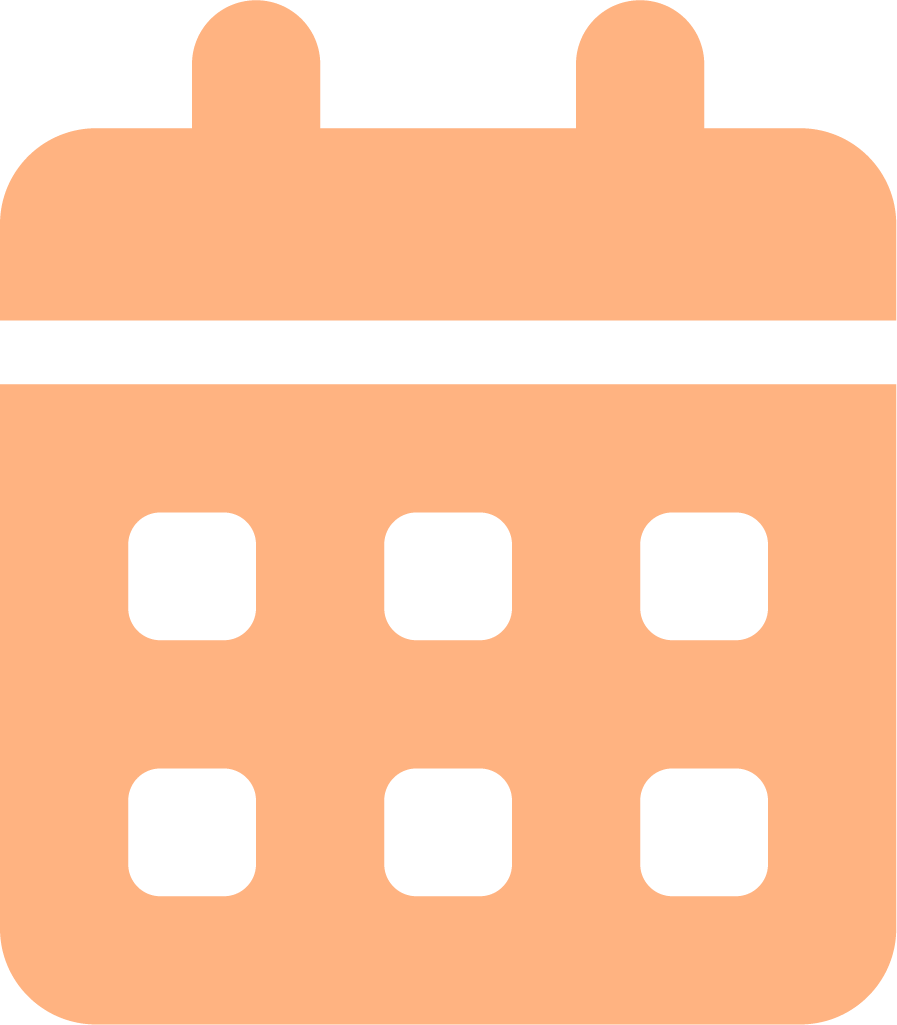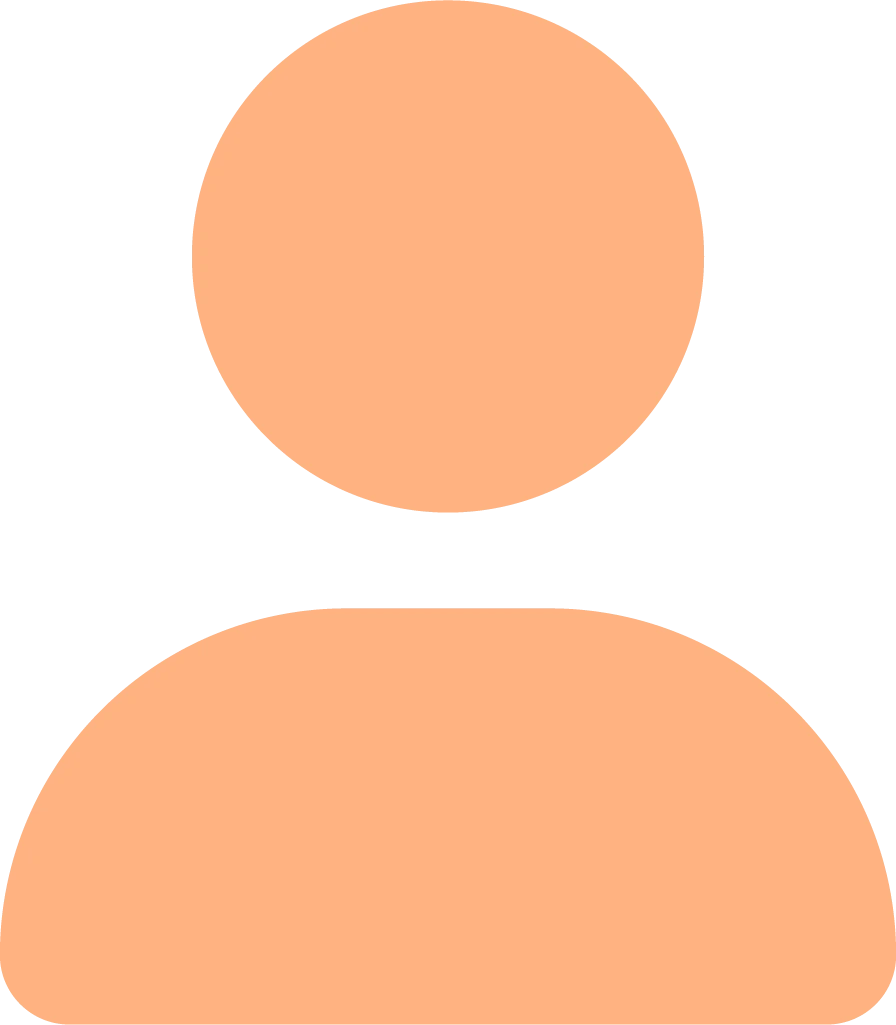Data Communication involves the sending and receiving of electric powered signals that carry data in Digital or Analog form. These data gears occur over long miles and need special methods to ensure exact sign. This is because the signal distortion caused by prolonged conductors as well as the noise combined with the transmitted signal through a transmission moderate can cause mistakes in the received data. These kinds of problems are more pronounced with increasing length from the resource of your signal.
In digital connection each mark symbolizes a number of bits (0s or 1s) that represent a certain informational benefit. These portions can be relocated either in a serial or parallel fashion. The serial method delivers each piece of the data one at a time, while the parallel method transfers several parts simultaneously over multiple wire connections. This allows for the much higher sign rate than serial sign nevertheless may be prone to timing complications called jitter.
These problems can be prevail over by using a synchronizing technique like a clock sign to control the beginning and stop of bit transfer. Alternatively, the data can be divided into smaller sized units and sent above longer distances in packets. Each supply contains a message header that indicates the info it contains, a sequence number that specifies imp source how to reassemble the data at its destination and a checksum that is computed by adding up all the bouts in the data stream.
Modern info communications networks use professional communication criteria to ensure interoperability among different devices, network hardware and software. These kinds of criteria are created and preserved by companies such as non-public businesses, standards-making body, governments and common companies.



